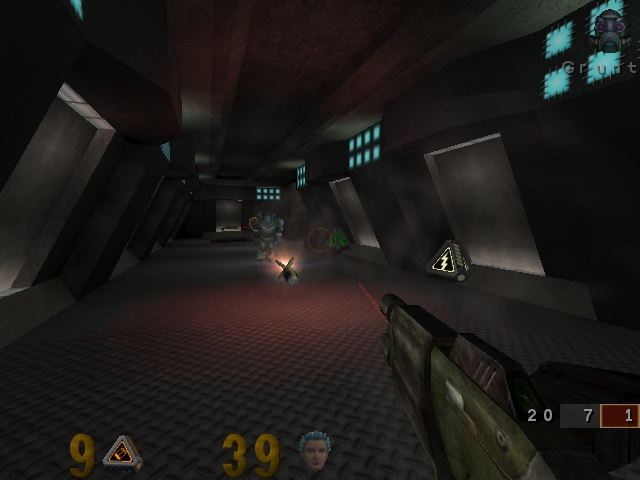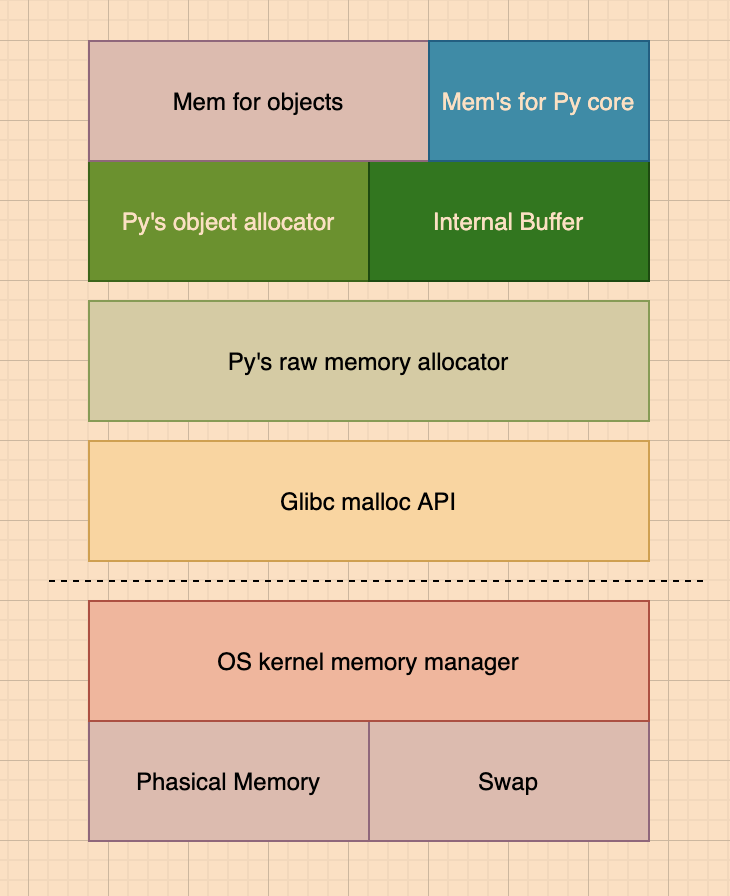

Thanks for jumping in! I got my threads and cores mentally mixed up. Region-based memory arena is a type of memory management in which each allocated. I gues you should first select a decent clock frequency (4GHz is pretty nice) and then get as many cores as your budget allows, 4 being lower bound. During deckswitches my cores chew through the work like hungry grizzly's but during normal playback (dxv) there's not enough work for them to do. Modern operating systems support both time-sliced and multiprocessor threading within a process scheduler. One or multiple threads can exist within the same process to share its resources such as memory. For that, the user has to control the object but once the application has started, no user interaction is available there. I want to create a snake game in OpenEdge.
Open arena multithreading update#
In this case clock speed will help our single threaded renderer run faster if secondary cores finish decompression in time.įor now i wouldn't suggest getting a 32 core 2.3GHz cpu yet, but rather an 8 core 4.2GHz for example. Two threads on a single processor 1 A Thread is the smallest unit of processing that can be scheduled by an operating system. Is there any concept like multithreading in OpenEdge If so, please give me a brief about it. Open Arena Project Reload is a project designed to update Open Arena by replaceing old game assets and models with new ones and makeing avaliable the source. If you're purely concerned about fps then i assume you're using a codec with very low decompression overhead (dxv duh).

The application thread allocates arena at the first malloc through the. There's things we do for which the total number of cycles matter (num cores * clock speed) like thumbnailing, deck switching, composition loading, file opening, column triggers and video decompression to name a few. The virtual memory is logically divided into chunks (the default is 4MB, 1024 4k pages). Will we be utilizing multiple cores? yes.


 0 kommentar(er)
0 kommentar(er)
